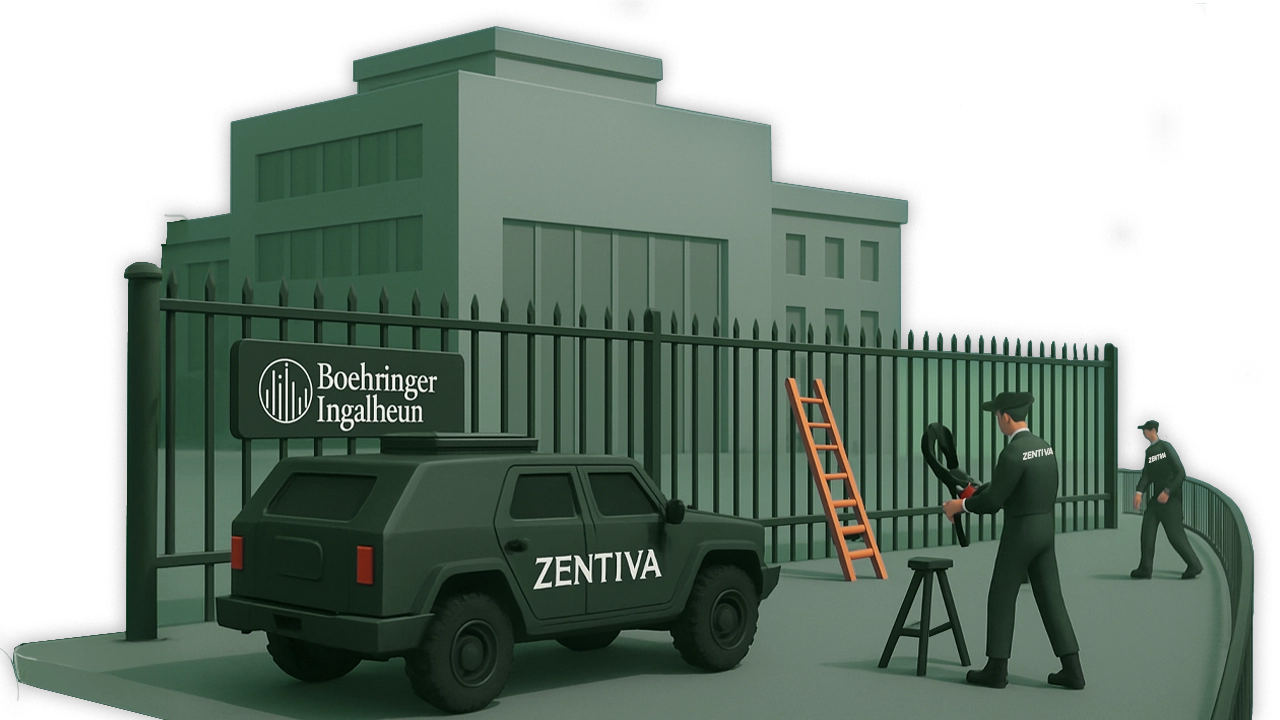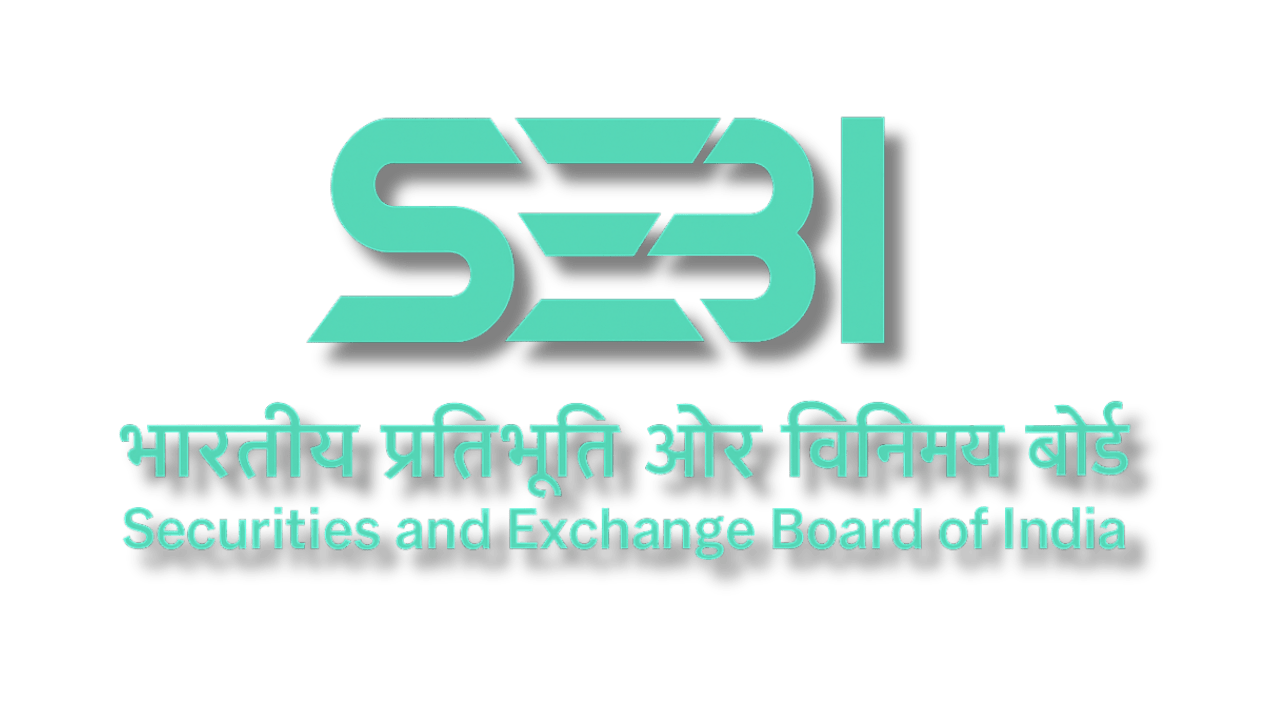Introduction
Imagine a startup has developed a new, highly sought-after software, and a competitor, before the startup has even launched, has already reverse-engineered the code, prepared marketing materials, and built a massive server infrastructure to handle millions of users on day one. While the competitor hasn’t actually launched the product, the threat of an immediate and devastating market entry is palpable. This scenario is similar to what intellectual property holders, particularly in the pharmaceutical industry, faced with imminent infringement.
A recent order by the COA1 of the UPC2 in the case of Boehringer Ingelheim v. Zentiva3 has provided a clear standard for addressing this very issue. The court’s decision, which overturned a previous ruling, established that an injunction can be granted even before a product is on the market if the preparations for its launch are so advanced that only the defendant’s own self-restraint is preventing the infringing act.
The Lisbon Court initially denied Boehringer’s request for an injunction against Zentiva, a generic drug manufacturer. The court reasoned that Zentiva’s actions—obtaining MAs4 and a PEP5 approval—were standard industry practice and didn’t represent a direct threat of imminent infringement. The COA, however, disagreed. It concluded that because Zentiva had cleared all regulatory hurdles and was in a position to immediately launch its generic product, the threat was no longer speculative. The only thing preventing the product from entering the market was Zentiva’s choice, making the infringement genuinely “imminent.” This led the COA to grant a preliminary injunction effective across all Contracting Member States where the patent had effect.
The Indian Perspective: The Quia timet Action
This concept of preemptively seeking relief for a feared wrong is mirrored in India’s legal system through the Quia timet action. The term, Latin for “because he fears,” perfectly describes a plaintiff’s apprehension that, without immediate court intervention, their rights will be violated. The Delhi High Court has laid out a three-part test for such actions: the plaintiff must show a deliberate intention by the defendant that creates a strong possibility of infringement, that the infringement is imminent, and that the claim is not merely speculative. However, the practical application of these standards has been inconsistent, as seen in various case law.
One significant challenge is navigating the Commercial Courts Act. Section 12A of the act requires mandatory pre-institution mediation for commercial disputes unless “urgent interim relief” is sought. Can a Quia timet action, based on apprehension rather than an actual violation, be considered “urgent”? In M/S Exclusive Capital v. Clover Media and others6, the Delhi High Court clarified that the court’s role is to assess whether the plaint “contemplates” urgent relief. The mere fact that the relief is sought based on a fear of future harm does not negate its urgency, especially when a delay could lead to irreversible damage like market erosion.
Another major point of contention is claim mapping. How can a plaintiff prove infringement without an actual product to analyze? In Novartis v. Zydus7, a single judge questioned the necessity of claim mapping in Quia timet actions, while other cases have accepted indirect methods. A particularly problematic approach was taken in E.R. Squibb v. Zydus, where the court seemed to rely on the defendant’s product being a biosimilar to the patented drug as sufficient proof of prima facie infringement. This is a flawed legal assumption. Biosimilarity is a regulatory standard focused on quality, safety, and efficacy, not a determination of patent infringement. This conflation of regulatory and patent law could be seen as a “backdoor” to patent linkage, a system India has consistently rejected.
Lastly, courts must carefully differentiate between legitimate activities protected by the Bolar exemption under Section 107A of the Patents Act and actions that constitute imminent infringement. This provision allows generic companies to manufacture and use patented inventions for research and regulatory approval purposes. However, as one court noted in E.R. Squibb v. Zydus8, stockpiling for a commercial launch would be considered infringement. This poses a difficult question: when does preparing for a post-patent-expiry launch cross the line into an illegal act? The subjective nature of this inquiry highlights the need for a more consistent and robust legal framework for Quia timet actions in India.
An Unresolved Indian Legal Conundrum
The Indian legal landscape for Quia timet actions, particularly concerning patents, is currently navigating a significant vacuum. Unlike the recent clear-cut ruling by the UPC’s Court of Appeal, Indian courts have struggled to establish a consistent, objective standard for what constitutes “imminent infringement.” This has resulted in a fragmented and unpredictable system where judicial decisions often appear to be based on circumstantial evidence and judicial discretion rather than a uniform legal test. The uncertainty is compounded by the Commercial Courts Act, where the meaning of “urgent interim relief” remains ambiguous, potentially forcing parties into pre-litigation mediation that could cause irreversible market harm. The conflation of biosimilarity—a regulatory standard—with patent infringement, as seen in some recent cases, further complicates the matter, setting a dangerous precedent and undermining the core principles of infringement law. This subjectivity creates a high-stakes environment where outcomes are difficult to predict, harming both innovators and generic manufacturers.
The Need for a Definitive Framework
To address this legal lacuna, a more structured and definitive framework is urgently needed. This could be achieved through a landmark judgment from the Supreme Court of India that establishes a clear, multi-factor test for granting Quia timet injunctions. Such a test should precisely define what evidence is required to prove “imminence,” moving beyond subjective assessments of a defendant’s intentions. For instance, it could require a defendant to have cleared all major regulatory and logistical hurdles, leaving no doubt that a product launch is a matter of a simple commercial decision. The framework should also explicitly separate regulatory concepts like biosimilarity from patent law principles, ensuring that a product’s regulatory status is not used as a proxy for infringement. This would provide much-needed clarity for both the judiciary and litigants, ensuring fairer and more consistent outcomes.
Future Ramifications and Questions
The absence of a clear legal framework could have serious ramifications for India’s pharmaceutical and technology sectors. Without a predictable system, innovators may hesitate to invest in R&D in India, fearing that their patent rights will not be adequately protected against future infringements. On the other hand, an overly broad interpretation of “imminence” could stifle innovation by creating an environment where generic companies are preemptively blocked from legitimate preparatory activities protected under the Bolar exemption. This could lead to delayed market entry for affordable medicines, harming public health and a balanced ecosystem. The current uncertainty could also lead to an increase in speculative litigation, clogging the already burdened court system.
Looking ahead, the Indian legal system must confront some fundamental questions. How can courts properly balance the rights of patent holders with the public interest in timely access to affordable drugs? Can a clear, objective standard for “imminent infringement” be developed without creating a de facto patent linkage system, which India has consistently rejected? These are critical issues that must be addressed to foster a robust and equitable innovation ecosystem. The future of patent litigation in India hinges on the judiciary’s ability to evolve and create a framework that is both proactive in protecting intellectual property and balanced in upholding the public interest.
Citations
- Court of Appeal
- Unified Patent Court
- Boehringer Ingelheim v. Zentiva UPC_CoA_446/2025
- Market Authorizations
- Prior Evaluation Procedure
- M/S Exclusive Capital v. Clover Media and others CS(COMM) 399/2025
- Novartis v. Zydus 2022/DHC/005462
- Squibb v. ZydusCS(COMM) 376/2024
Expositor(s): Adv. Anuja Pandit






